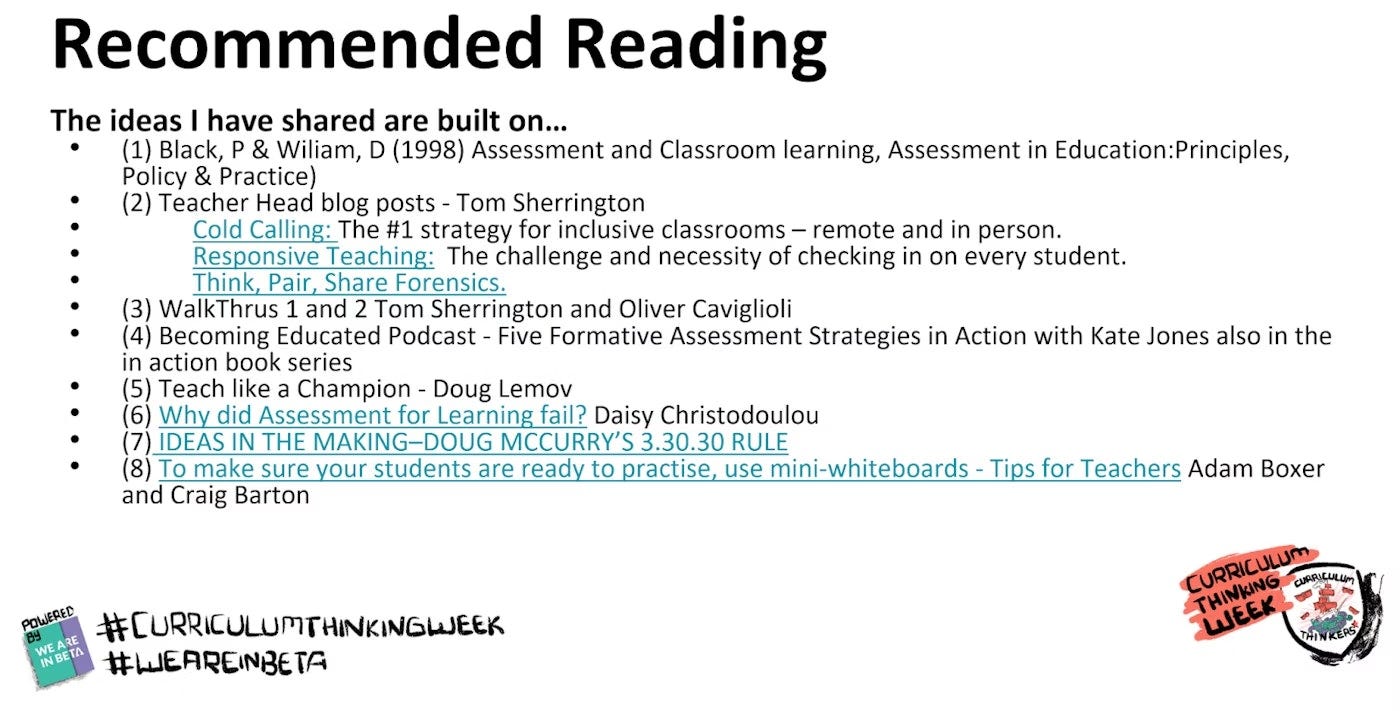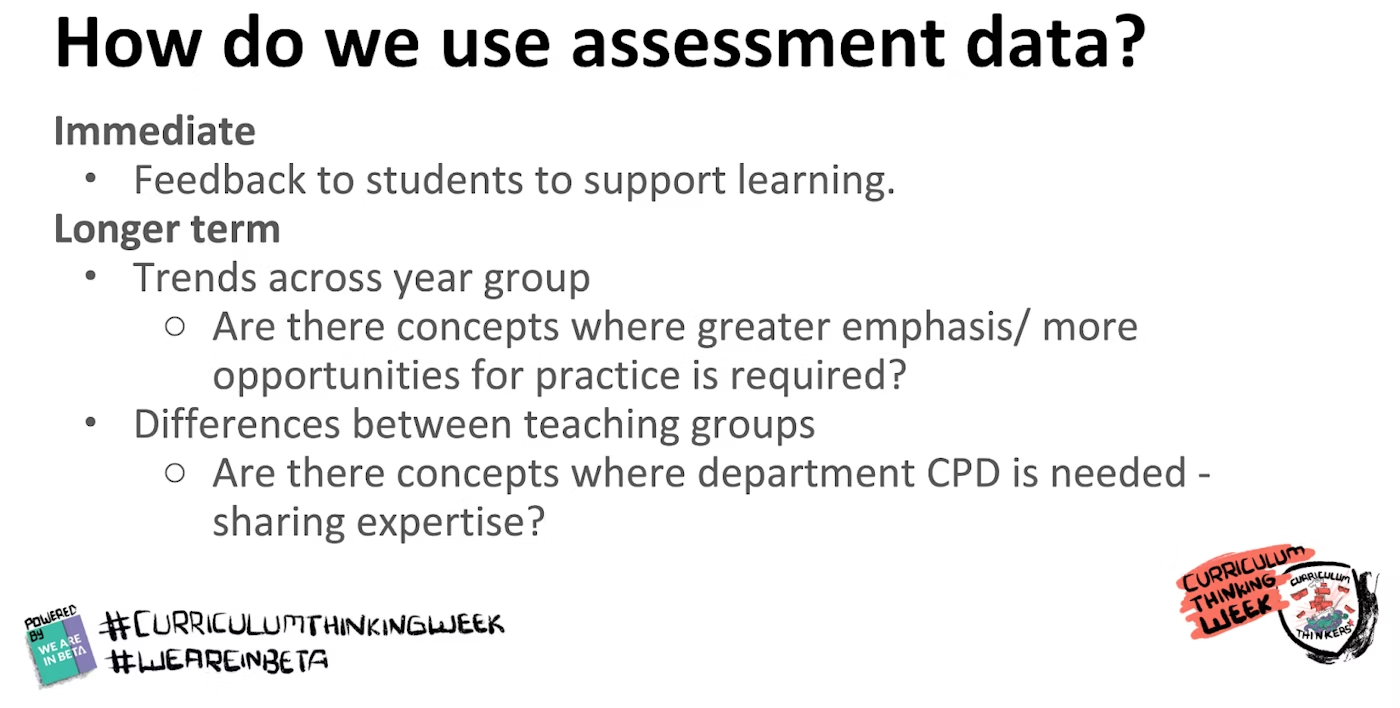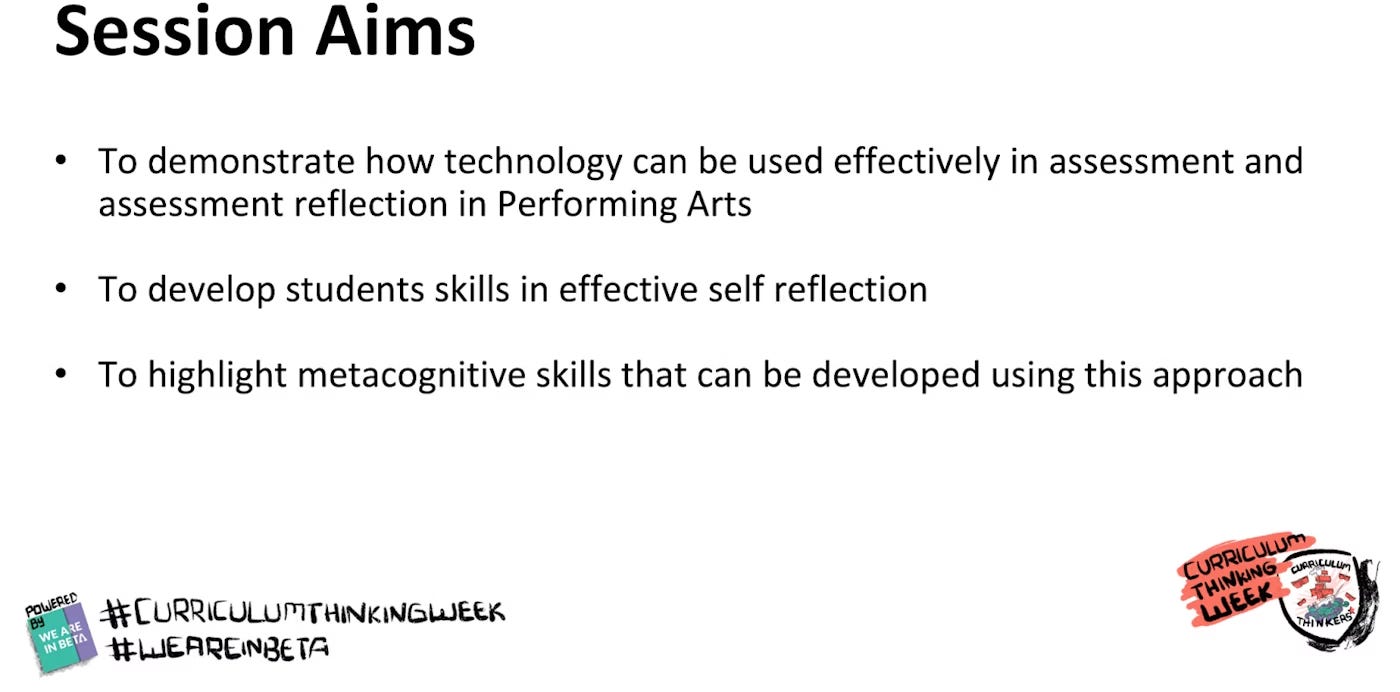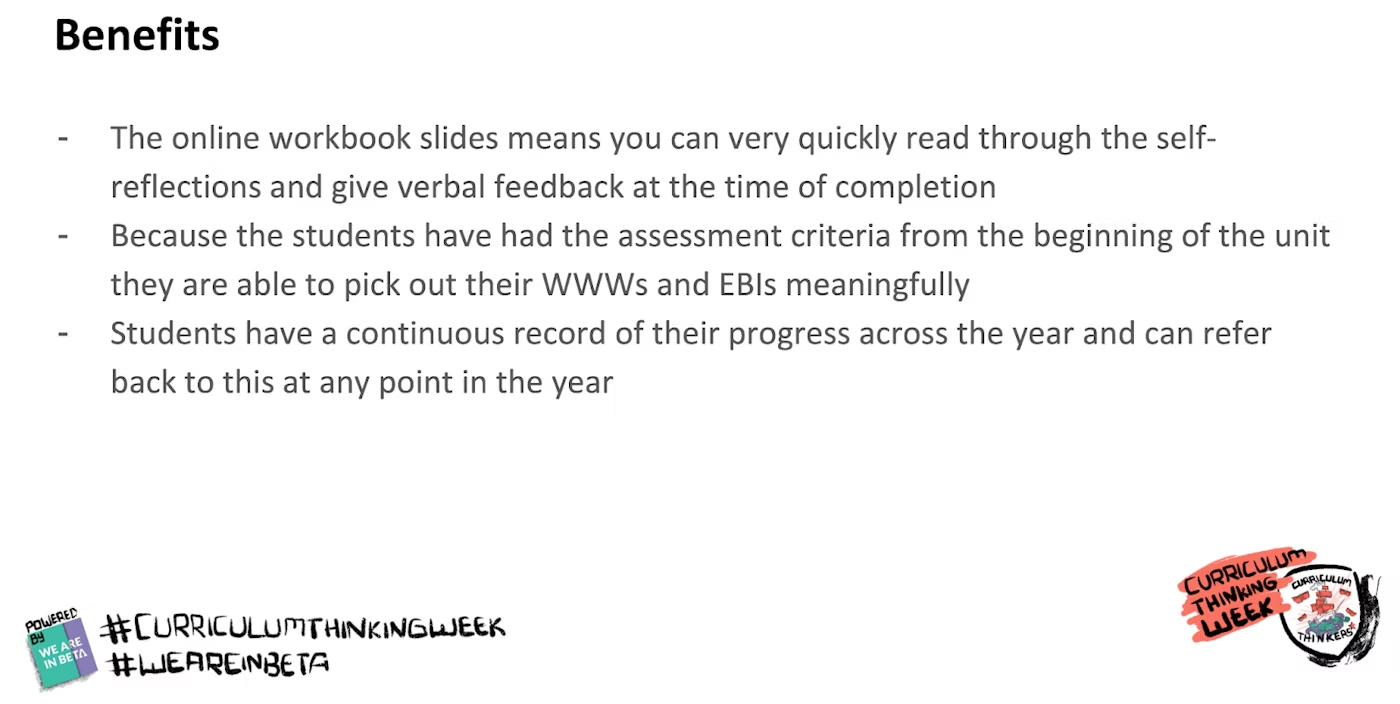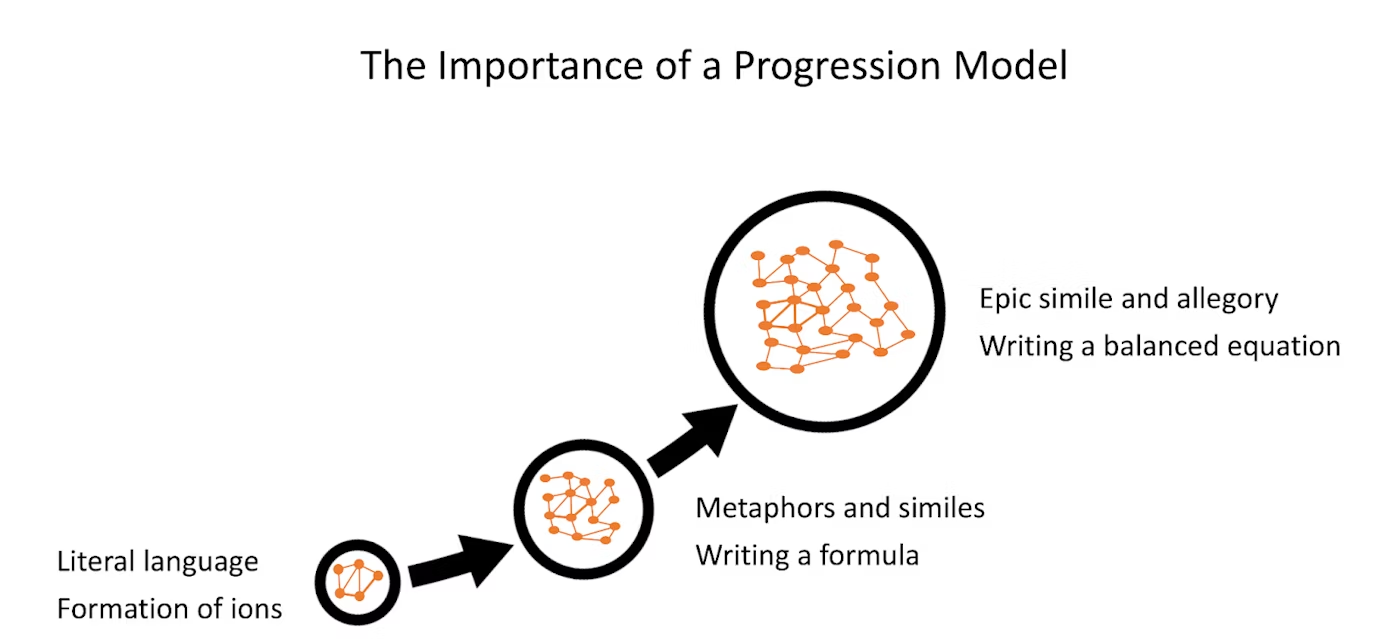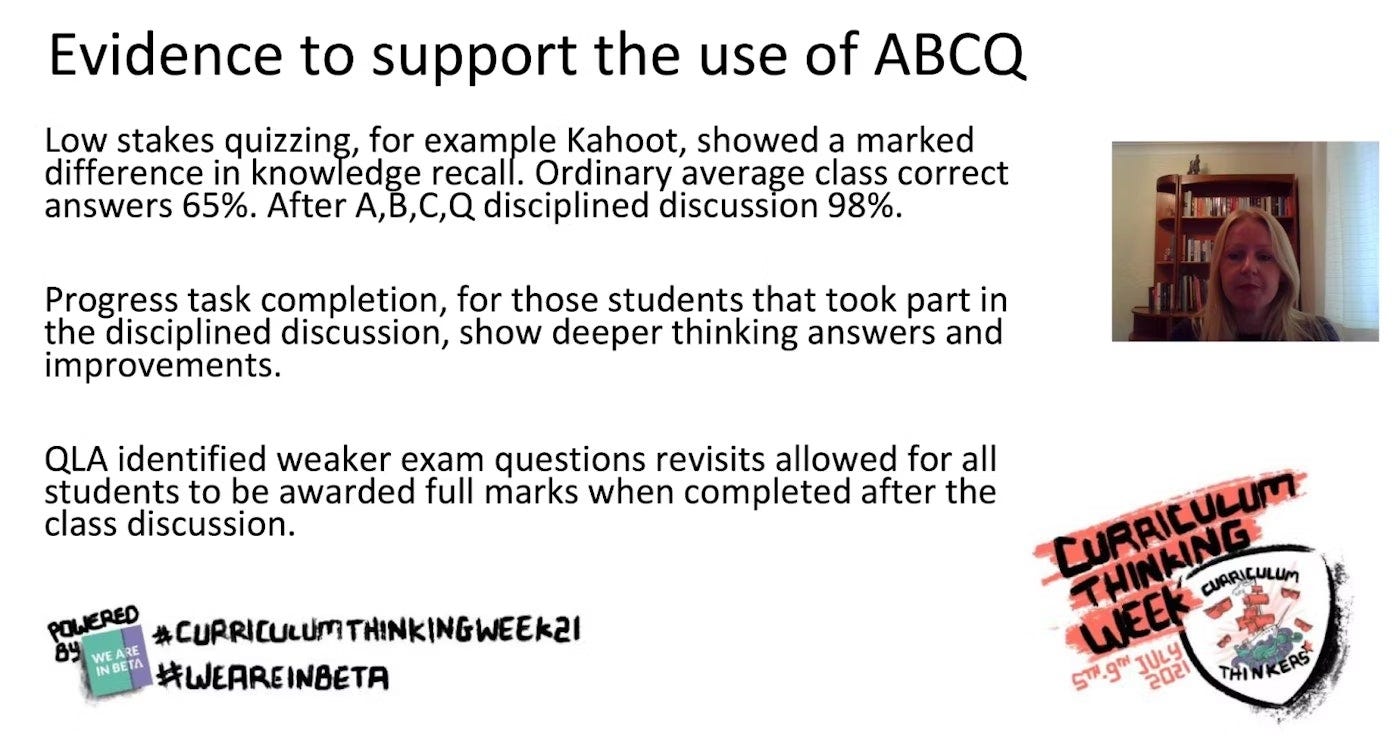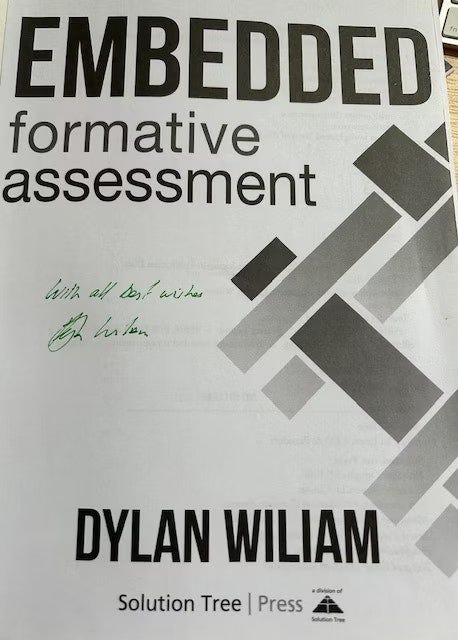AfL and Formative Assessment: whole school considerations
Plus: Reading at Future Academies and what's making the biggest difference in your subjects.
Hello Curriculum Thinkers,
This week, our wonderful community member, Louise Ferrier, continues her voyage though the Curriculum Thinkers resources to share the treasures she’s found when looking at how your fellow members approach Assessment for Learning.
There’s a truly unique opportunity to learn how to make literacy and reading in your classrooms feel like plain sailing.
And there are also some key dates so you don’t miss the boat to get involved with Curriculum Thinking Week 2025.
We hope the exams are going well. Wishing all the best of luck - we’ve requested there are no bananas onboard any vessels (if you know, you know).
Before we get into Louise’s AfL findings, no more boat puns and two quick announcements…
1. 📚 Improve reading across the curriculum with Future Academies
Post covid, gaps in reading abilities widened alarmingly. We saw the Matthew effect in full force; initial disadvantages lead to further disadvantages. Disadvantages we are still feeling the effects of today.
What's more, attitudes to reading are dropping off during teenage years, as students become more and more attached to their screens.
If students can’t read, they can’t access the curriculum.
So colleagues from Future Academies have made reading a strategic priority. And they will sharing how achieved the impact below in a truly unique five-part series covering:
Whole-school reading for pleasure (Mon 19th May)
Disciplinary literacy: high leverage reading across the curriculum (Thurs 5th June)
Disciplinary literacy: high leverage oracy and vocab (Mon 23rd June)
Disciplinary literacy: high leverage writing across the curriculum (Weds 2nd July)
Strategic interventions for reading for progress (Weds 9th July)
The series kicks of on:
📆 Mon 19th May at…
🕔 5:00pm
The impact?
“Reading is a priority at this school. The school quickly identifies any pupils who are struggling with reading and puts the necessary support in place. The school has trained staff to teach the decoding of the letters and their sounds to those pupils at the very early stages of reading. There is also support for those pupils who need to build their fluency and comprehension skills.”
Phoenix Academy, Ofsted Report 2024.
More info about the whole reading series here
2. 📆 Curriculum Thinking Week - key dates for nominations and sessions submissions
Members have been busy nominating colleagues and submitting sessions for our Curriculum Thinking Week conference in June 30th to July 4th.
If you’d like to join the line up, here are some key dates:
By 4th June - tell us you'd like to speak in this short form
By 16th June - share an outline of your session in this form
By 20th June – create and upload your video, supported by your SLT
w/c 30th June – conference goes live! Jump in to meet fellow speakers, discuss sessions and learn from a wealth of ideas and resources on offer.
What are you (or your team) working on that’s making the biggest difference to your students’ outcomes in your subject?
Whether it’s… reading, writing, exam prep, AI, targeting groups such as SEND or something else…
…we’d love to help you show others what it looks like in your classrooms, celebrate it and get feedback on it for you.
AfL and Formative Assessment: whole school considerations
Clutching my signed copy of Dylan Wiliam’s Embedded Formative Assessment like a fan-girl (I sheepishly asked him to sign it last summer - he was a delight btw), I recently revisited it while preparing this piece. I read it carefully, of course; no coffee stains allowed anywhere near those treasured “best wishes.”
Although the terms Assessment for Learning (AfL) and Formative Assessment are sometimes distinguished in theory, in practice they are often used interchangeably, both referring to assessment processes that inform and adapt teaching in real time. As Dylan Wiliam explains:
“Formative assessment, or assessment for learning, is the pedagogy of contingency…the idea that teaching is constantly adaptive.”
When we assess for learning we are conductors adjusting the tempo of our orchestra; using continuous assessment to steer learning moment by moment. Our focus is not just the intention to support learning, but the actions we take: assessment only becomes truly formative when the evidence gathered is used to modify teaching to ensure all students learn.
AfL, Formative Assessment, Responsive Teaching, Adaptive Teaching, all are connected and espouse an approach to teaching and learning that is problem-solving, diagnostic and constantly solution-focused. Successful implementation creates a learning symphony with all parts playing the score successfully. This won’t look the same for every student, but each must know the part they are playing in their own improvement. With the EEF reporting a strong evidence base for its cost effective impact, embedding it successfully will improve outcomes for students.
In our post-Covid classrooms, we’re seeing a rise in student passivity: a hesitancy to engage, perhaps a conditioning from months of screen-based instruction. Yet, AfL thrives only when students are active participants in their own progress; we need to build the conditions for active participation in their own progress through responsive assessment.
Are our assessments building self-regulation in students or dependency?
Too often, assessments become mechanisms of compliance rather than growth. If students are only ever waiting to be told what to fix, they remain dependent. Well structured and well implemented formative assessment builds independence by helping students understand learning intentions, track their own progress, and take action.
AfL/Formative Assessment = Action
By definition, AfL is about taking action. Teachers take action to make their diagnostics based on the assessment mode. The feedback mode, whether verbal, whole class or individual, must facilitate action. As Dylan Wiliam emphasises in ‘Embedded Formative Assessment’:
“If the information fed back to the learner is intended to be helpful but cannot be used by the learner in improving her performance, it is not formative.”
So feedback that is accurate but not helpful will have little if any impact on learning - a wasted opportunity and so often the cause of ineffective implementation of AfL. Students must discover how to improve through their feedback, not simply what is wrong.
How are schools in the We are in Beta Community achieving this delicate harmony between our learning intentions and student achievement?
Read on to discover how schools in the We Are In Beta Community are implementing AfL stages:
Creating the conditions to collect evidence of learning
Feedback as an active state
Embracing Clarity in Learning Intentions
Student Ownership of learning
Peer to peer learning tools
1. Creating the conditions to collect evidence of learning
Effective formative assessment begins with intentionally designed conditions that allow evidence of learning to emerge. This involves more than simply asking questions; it means cultivating classroom routines, tasks, and interactions that reveal students’ thinking in real time. Learning not performance. A student may perform well in the moment by correctly answering a question or completing a task but this does not necessarily mean the learning is secure or transferable. True evidence of learning often emerges over time, through opportunities for retrieval, application, and reflection.
In the detailed webinar from Five Acres High School the influence of Lemov’s TLaC has helped to develop their whole school strategies for classroom routines which put creating conditions to collect evidence front and centre:
It has taken around two years to get the routines fully embedded across the school but have found the careful practise of the routines over time has empowered their assessment for learning.
At Beaumont School, formative assessment is embedded into the curriculum through the regular use of carefully designed multiple choice quizzes every 6–12 lessons. These online assessments typically include 12–15 questions focused on the current topic and are completed during lesson time. The format allows for instant feedback: answers are automatically marked, and the remainder of the lesson is dedicated to responsive teaching: reviewing misconceptions, re-teaching key concepts, and addressing gaps as needed.
The multiple-choice questions are not arbitrary; they are constructed using principles drawn from Dylan Wiliam’s work on effective formative assessment. Each question is designed to expose specific misconceptions and test deep understanding, not just surface recall.
The data from assessments is not simply collected, it is actively used to inform curriculum planning and adapt future teaching sequences, ensuring that teaching remains responsive and evidence-informed.
Watch the Five Acres High School presentation here.
Watch the full Beaumont School presentation and access the resources here.
2. Feedback as an active state
Feedback isn’t a thing we just ‘give’; it’s a state our students inhabit. It works when they are cognitively and emotionally engaged with what the feedback means for their next step though responding, reflecting, adjusting. This requires deliberate planning and a culture where feedback is not an end-point, but part of an ongoing learning journey.
For Kings' Academy, Binfield’s performing arts department, feedback is designed to place students in an active role, supported by a thoughtfully integrated use of technology. The assessment model is well embedded and familiar to students, with regular use of Chromebooks for completing low-stakes multiple-choice quizzes. Each student is assigned a unique code linked to a personalised Google Sheet, where they can view their marks, track progress, and engage with feedback tools in real time.
Students are provided with structured reflective sentence starters and have ongoing access to the success criteria established at the start of each unit and frequently referred to. This transparency supports meaningful self-assessment and helps students identify their own next steps. The process moves beyond the teacher’s evaluation; it becomes a shared act of analysis, reflection, and action.
As a side note, I wonder if the distinction between assessment for learning and assessment of learning may have a future framed by technology. With AI assisted comparative judgement well on the way, will there perhaps be a day when our focus in the classroom is entirely on the assessment for learning journey? Technology might one day take over those summative assessments with broad, scaled-score approaches giving us much more data on the effects of our curriculum… maybe!
At Forest Gate Community School, the implementation of a whole school live marking approach has had a significant impact on the effectiveness of feedback. In the extract from their feedback policy below, the importance of in the moment feedback to address issues and misconceptions in real time through circulation during independent practice or as Forest Gate call it ‘Shed Loads of Practice’. These moments of practice are carefully planned into the curriculum delivery and that delivery is guided by the ‘Proactive Teaching Framework’ seen below.
Watch the King's Academy Binfield presentation here.
Watch the Forest Gate Community School webinar here.
3. Embracing Clarity in Learning Intentions
When students understand what they are learning and why it matters, they are far more able to self-assess, seek feedback, and take ownership of their progress. But this understanding requires more than copying down objectives or responding to a big question. It involves unpacking the smaller components: the deliberate steps and knowledge building blocks that lead towards mastery.
Daisy Christodoulou, drawing on Herbert Simon’s research into chess masters, argues that novices cannot simply imitate expert behaviour; they must be taught the underlying mental models and patterns experts have internalised. In the classroom, this means we must explicitly deconstruct the knowledge and skills that sit behind each learning intention. Students need to understand not just what success looks like, but how to get there, piece by piece.
Kate Jones (2021) reminds us that learning intentions should be “clear, specific and desirably difficult.” This aligns closely with work I’ve been exploring in the We Are In Beta community, where the focus is on designing curriculum progression models that do more than list content they show how learning builds.
For example the Greenshaw Research School webinar with Phil Stock is a generously resourced masterclass in assessment modelling. They have set out to ensure that teachers have clarity about their progression model components, reducing variation in how topics or skills are taught and understood. This helps to formulate clarity in learning intentions, teaching and ultimately the assessments that will measure that progress:
Watch the full webinar from the Greenshaw Research School and access the resources here.
4. Student Ownership of Learning
AfL thrives when students are not passive recipients but active agents in the learning process. When feedback demands student participation in taking action the whole process becomes more impactful.
“When students are owners of their own learning, all the other strategies fall into place” (D. Wiliam & S. Leahy, Embedding Formative Assessment, 2015)
In pursuit of giving students ownership of the assessment process, student ‘assessment literacy’ was the subject of exploration at Coombe Wood School.
The drama department participated in edu-research with a Queen Mary’s University PhD Student on the practice she observed regarding assessment. Students realised that they are constantly being assessed by their teachers to inform the learning journey. Teachers wanted to develop transparency in the assessment process, empowering students to see assessment as empowering rather than an intimidating end goal - they understood that everything they do has value leading to increased participation.
Part of the process involved the teacher being assessed by the students using the unit success criteria and guided the deliberately flawed performance towards success, helping them to understand how the formative assessment had an impact on their learning.
Watch the Coombes Wood School presentation, read the research paper and access the resources here.
5. Peer to Peer Learning Tools
Structured peer assessment and collaborative learning tools offer rich opportunities for students to reflect, articulate, and evaluate learning. When well scaffolded, peer-to-peer work deepens understanding for both the giver and receiver of feedback, strengthening the learning community.
Sometimes teachers fear using anything more than a think-pair-share, believing that that way chaos reigns but there are many other routes to achieving the slick routines achieved with think-pair-share.
At the Dorcan Academy, ‘ABCQ’ disciplined discussion routines have been established to deepen understanding through whole class discussion. They are also used to identify gaps and misconceptions to be addressed. After using the system, an improvement was noted in knowledge recall.
Watch the Dorcan Academy presentation and access the resources here.
AfL isn’t a bolt-on. It’s the conductor’s baton that brings coherence, timing, and responsiveness to the classroom ensemble.
So what systems, routines, and conversations in your school ensure that evidence of learning is actually used to shape the next step?
Sent this by a friend?
Sent with ❤️ from Curriculum Thinkers Team at We Are In Beta







